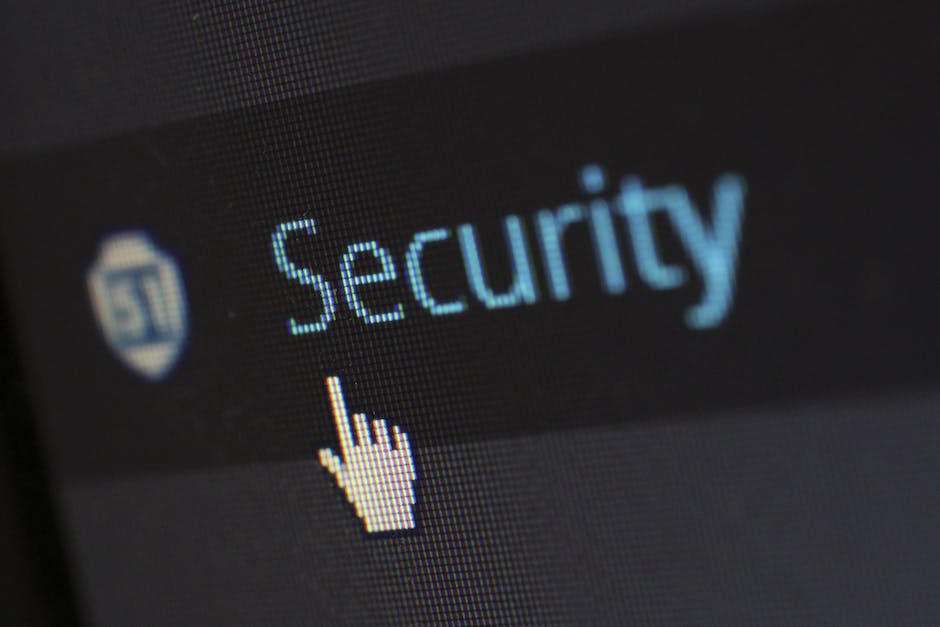In today’s digital landscape, safeguarding against security risks is a top priority for organizations. But how can one effectively respond to these threats and mitigate the potential damage? In this article, we will explore a range of strategies that can help you tackle security risks head-on. From implementing robust security measures to creating incident response plans, we’ll uncover the key steps you can take to protect your organization’s valuable data and assets. Let’s find out in detail in the article below.
Mitigating Security Risks: Strategies for Effective Response
The Importance of Robust Security Measures
Implementing robust security measures is crucial in today’s digital landscape. It is essential to have a strong foundation of security controls to protect your organization’s sensitive data and assets from potential threats. This includes a combination of both technical and non-technical controls.
Technical controls involve implementing technologies such as firewalls, intrusion detection systems, encryption, and secure authentication mechanisms. These technologies help detect and prevent unauthorized access, mitigate the risk of data breaches, and ensure the confidentiality, integrity, and availability of your systems and data.
Non-technical controls, on the other hand, focus on establishing policies, procedures, and guidelines to promote good security practices within your organization. This includes regular security awareness training for employees, enforcing strong password policies, conducting regular vulnerability assessments, and maintaining up-to-date software and patch management systems.
By having comprehensive and robust security measures in place, you can significantly reduce the likelihood of security incidents and ensure a more effective response when threats do arise.
Crafting an Incident Response Plan
Having an incident response plan is a critical component of effective security risk response. An incident response plan outlines the steps and procedures that your organization will follow when a security incident occurs. It provides a structured approach to detect, contain, and eradicate the threat, as well as recovery and post-incident actions.
When crafting an incident response plan, it is essential to involve key stakeholders from different departments, such as IT, legal, and human resources. This collaboration ensures that all necessary resources and expertise are available when needed.
The incident response plan should include predefined roles and responsibilities, clear communication channels, and escalation procedures. It should outline the steps for identifying and classifying incidents, notifying the relevant parties, conducting investigations, containing the threat, and restoring normal operations.
Regular testing and updating of the incident response plan is also crucial to ensure its effectiveness. Conducting tabletop exercises and simulations helps identify any gaps or weaknesses in your response capabilities and provides an opportunity to refine your procedures.
Continuous Monitoring and Threat Intelligence
In addition to implementing robust security measures and having an incident response plan, continuous monitoring and threat intelligence play a vital role in effective security risk response.
Continuous monitoring involves real-time monitoring of your systems and networks to identify any suspicious activity or anomalies. This can be achieved through the use of security information and event management (SIEM) tools, intrusion detection and prevention systems (IDPS), and log analysis.
Threat intelligence, on the other hand, involves proactively gathering information about potential security threats and vulnerabilities. This can be done through external sources such as information sharing communities, threat intelligence feeds, and security advisories.
By combining continuous monitoring and threat intelligence, organizations can stay one step ahead of potential threats. They can identify emerging patterns and trends, understand the latest attack techniques and vulnerabilities, and proactively take measures to mitigate potential risks.
Conclusion
Safeguarding against security risks requires a multi-layered and proactive approach. Implementing robust security measures, crafting an incident response plan, and continuously monitoring and gathering threat intelligence are essential strategies that organizations should adopt to effectively respond to security risks.
By staying vigilant, investing in the right technologies and controls, and fostering a culture of security awareness within your organization, you can mitigate potential security risks and ensure the protection of your valuable data and assets.
Additional Information
1. Implementing robust security measures is crucial in today’s digital landscape. It is essential to have a strong foundation of security controls to protect your organization’s sensitive data and assets from potential threats. This includes a combination of both technical and non-technical controls.
2. Having an incident response plan is a critical component of effective security risk response. An incident response plan outlines the steps and procedures that your organization will follow when a security incident occurs.
3. Continuous monitoring and threat intelligence play a vital role in effective security risk response. Continuous monitoring involves real-time monitoring of your systems and networks to identify any suspicious activity or anomalies. Threat intelligence involves proactively gathering information about potential security threats and vulnerabilities.

